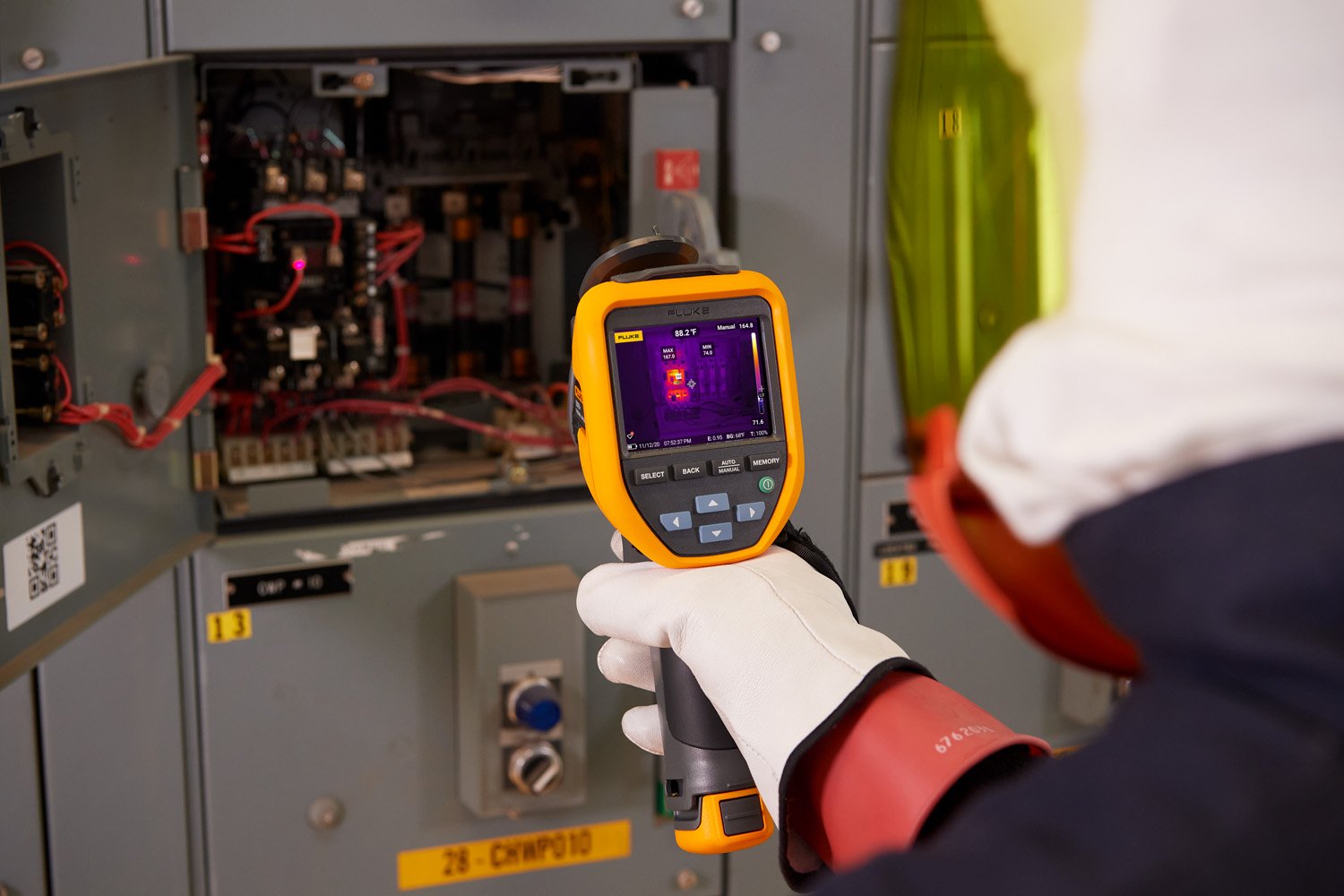
Walk onto any job site where electricians are working, and you'll probably see some voltage testers. These handy devices — which often fit in a shirt or pants pocket — are popular because they quickly give an indication of voltage presence. That makes them very handy for general voltage checks. Thus, voltage testers are popular with electricians. Yet, these devices are not all the same. The differences show up in safety, reliability, and convenience.
If you were to look at all the voltage testers on the market and note their differences, you'd quickly see they divide into two general categories: solenoid-based testers and electronic testers. Solenoid-based testers have a long tradition. They were the first voltage testers available and are still widely used today.
When voltage passes some threshold, the tester will indicate a voltage is present. Below that threshold, the tester will not indicate a voltage. The thresholds are markedly different between the two categories of testers—and that fact carries important implications for safety and convenience. Let's compare voltage testers in these two categories more closely so you can draw your own conclusions about what to have in your toolbox—or what to clip to your pocket.
Solenoid-based voltage testers

These devices operate, as their name implies, on solenoid principles. A solenoid depends on the movement of a ferrite core referred to as the slug in response to the energization and de-energization of an electromagnetic coil. The indication function of these testers depends on a spring, which drives a mechanical pointer. The spring restrains the slug—which slides to one end of its chamber or the other, depending on whether the coil has enough energy to cause the slug to overcome the opposing force of the spring. The amount of energy required restricts the sensitivity of solenoid-based testers. In the US, a useful solenoid tester will have the ability to measure voltages up to 480 V or more. Having the ability to measure higher voltages limits the capability to detect voltages below about 100 V due to the poor dynamic range of the magnetics, an unfortunate weakness of solenoid testers. Try using one on 24 V or 48 V control circuits, and you may as well be using a stick of wood.
An important concern with solenoid-based testers is their relatively low input impedance—10 kilohms at the upper end, but often as low as 1 kilohm. Applying Ohm's Law, you can see solenoid-based testers can easily make their presence felt in a circuit as loads—and subsequently interfere with the operation of that circuit. The relatively high current draw of solenoid-based testers means significantly more heat—enough that the testers can quickly overheat, even to the point of damaging the tester if the voltage is measured a little too long. In fact, you must allow for cool-downs (on the order of half a minute) as you take readings with solenoid-based testers. If your PLC goes down and the plant manager is screaming about production being lost forever, you're at the mercy of this tester limitation. Even receptacle testing can become dicey. Of course, you could carry around a half dozen testers and rotate them in and out of service. But that defeats one of the reasons for using a small tester.
Solenoid-based testers are generally unable to comply to IEC 61010 due to excessive current draw, poor dielectric withstand performance and impulse destruction due to transients originating from the mains. This is one reason many companies forbid the use of voltage testers in general on anything but 24 V control circuits, and some forbid them altogether. In a moment, we'll look at reasons to reconsider those restrictions, at least for category rated electronic voltage testers.
This high current in solenoid-based testers has another downside. Applying Ohm's Law to the low impedance solenoid-based tester shows that you can easily carry a lethal current through the tester. Wearing insulated gloves can reduce the shock hazard, but you'll also be risking an arc hazard each and every time. Yes, there are riskier things you can do than use a solenoid-based tester. But there are also safer things you can do—such as instead using an electronic voltage tester, instead.
Electronic voltage testers

The first noticeable advantage of electronic voltage testers is their rugged, compact design, relative to their old-technology counterparts. Thus, they are easier to carry around and less likely to break. But, these advantage pale beside the significant safety advantages that come from the far higher input impedance of electronic voltage testers. Some of these have an input impedance of one megohm — about 100 times that of the best solenoid-based testers. Even at the low end, you're looking at 20 kilohms for an electronic voltage tester—still twice as good as the best solenoid-based testers. Simply apply Ohm's Law, and the advantages become clear. You're going to be dealing with far less input current. That means more safety. It also means less time — if any — waiting for the instrument to cool between readings. They work at lower voltages, and typically carry an IEC Category rating. Figure 2 shows the input protection part of the circuit that makes the IEC Category rating possible. They allow you to troubleshoot a wider range of problems — safer and faster.
This higher impedance has a downside: an electronic tester might indicate voltage on a non-energized conductor (e.g., ghost voltages). This can happen when one conductor induces a voltage in another conductor parallel to it. This voltage indication can be a disadvantage by showing a false positive. Then again, it can work to your advantage. For one thing, it won't lull you into a false sense of safety that an energized conductor is de-energized. Suppose the solenoid-based tester doesn't show you the 80 V sitting on that energized wire, and you grab it — what then?